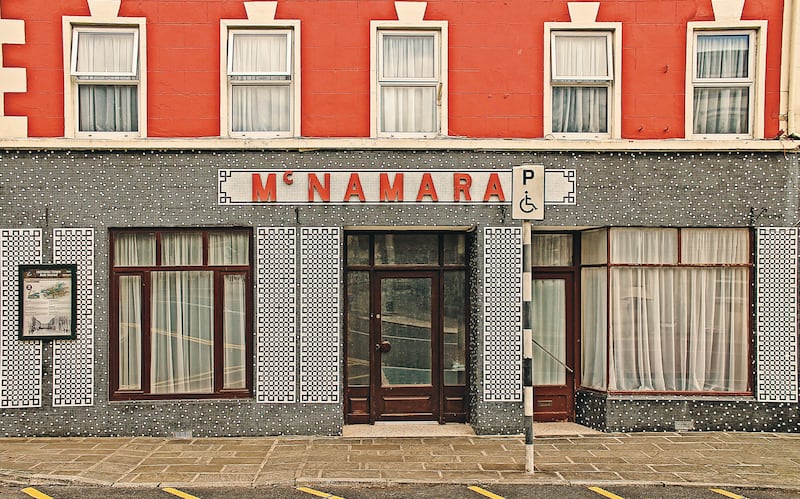An invitation to browse, enticement to buy and a statement of intent, Ireland’s shopfronts tend to be unsung gems of craft and design. Like a wonderful open-air gallery hiding in plain sight, they reveal layers of stories about people, their lives and their times. From the names of families who shaped the neighbourhood, to carved corners and decorative frames, bright colours and the occasional element of mosaic or ironwork; these examples of everyday architecture are just as important as grand civic buildings and great houses.
They are also under threat, but a special strand of the Historic Structures Fund is designed to enable owners to refurbish and conserve commercial facades.
While some date back hundreds of years, others, such as those with tiled frontages, are of more recent vintage, and Jacqui Donnelly, senior architect with the Department of Housing, Local Government and Heritage, says its definition of heritage isn’t limited to older examples.
She describes the art deco style of vitrolite tiles, associated with pharmacies, but also with butchers’ shops and pubs: “They are beautiful, and often very vulnerable to being replaced.”
READ MORE
This is particularly a problem when shops are taken over by a chain requiring a uniformity of design to protect a corporate image, but that uniformity is a huge threat to the vibrancy of our villages and towns. Further threats include changing fashions, and while the implementation of planning laws now prevent those huge illuminated plastic signs that once shouted the wares of convenience stores everywhere, it can still be a struggle to persuade people that tan-and-brown or black-and-white tiles can be things of beauty when facing out on to our footpaths.
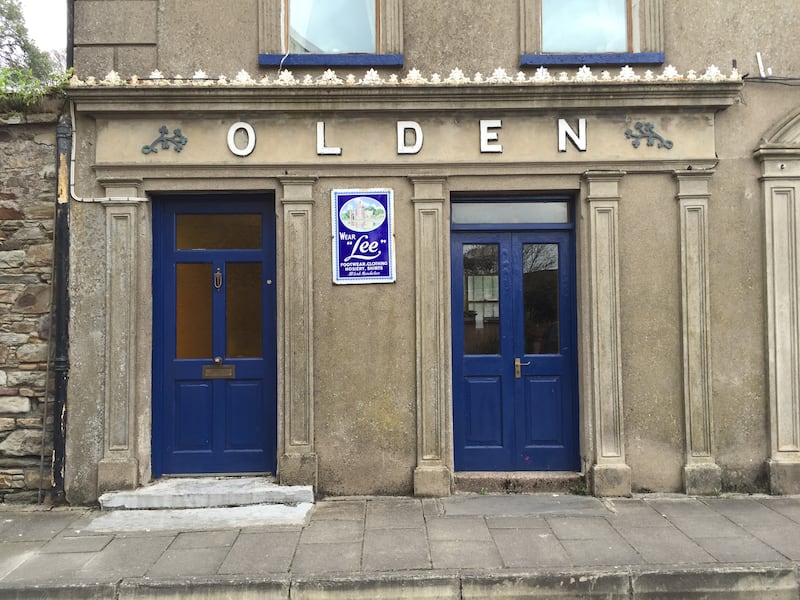
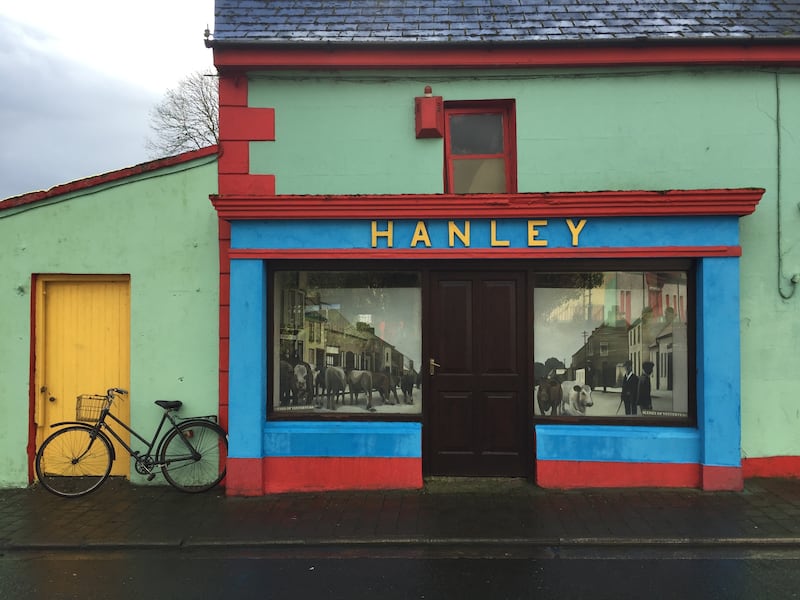
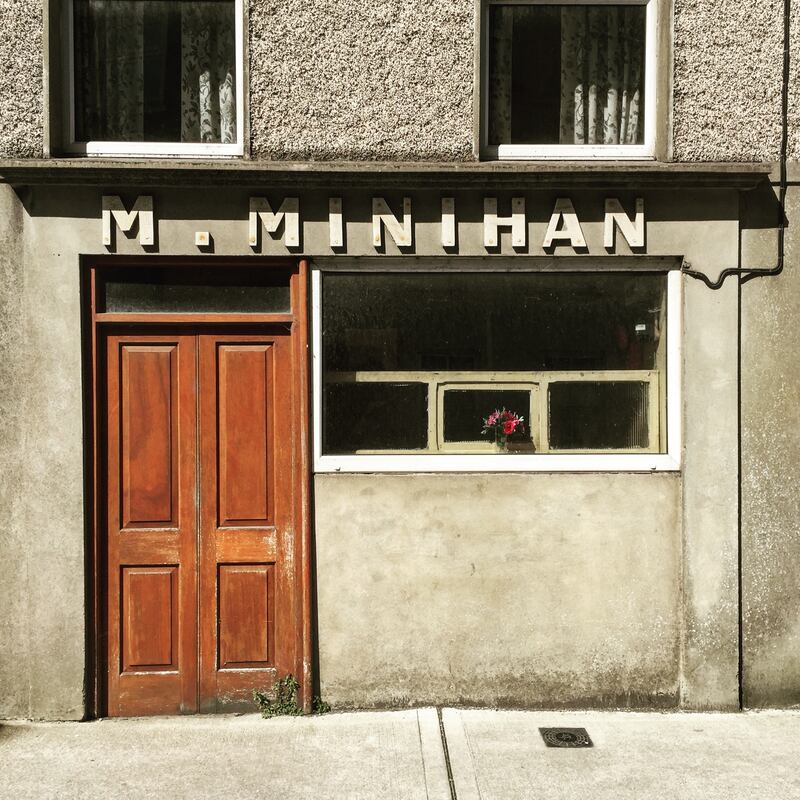
Equally it can be tricky to get people to preserve intriguing examples of signwriting, when ownership has changed to a different name. Trevor Finnegan agrees. The Sligo-based graphic designer has such a passion for Ireland’s shopfronts that he has spent the past two decades photographing them.
It is a passion he traces back to his father, an architect, who collected old advertising signs. Around the time of the Celtic Tiger, Finnegan saw how quickly shopfronts were being taken down, and he decided to document as many as he could.
Posting his work online, Finnegan also began to notice regional differences. Clusters of ceramic lettering, the work of certain signwriters, gold leaf behind glass, and mosaic tiles here and there; are all testament to the skills of artists and artisans in different locations around the country, as well as to local competition among neighbouring retailers. Behind these sit a wealth of stories, and Finnegan is hoping to publish his work in a book.
[ Window on the world of shopfrontsOpens in new window ]
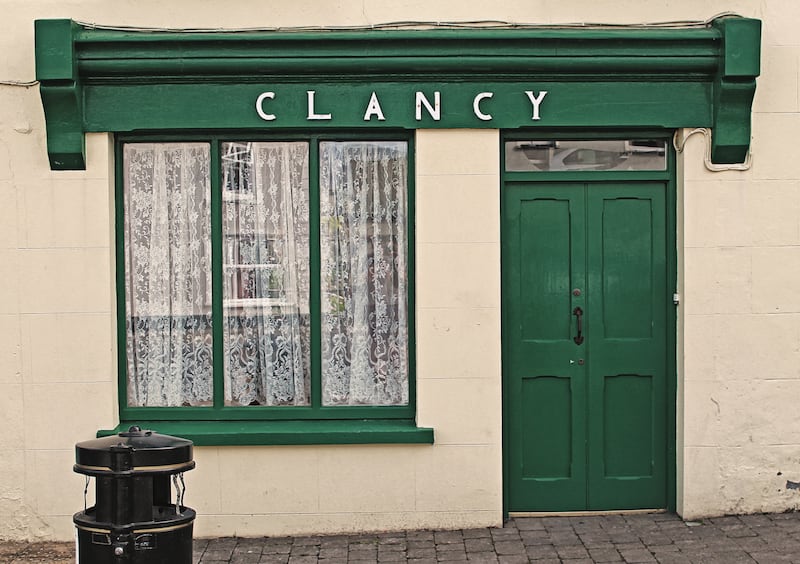
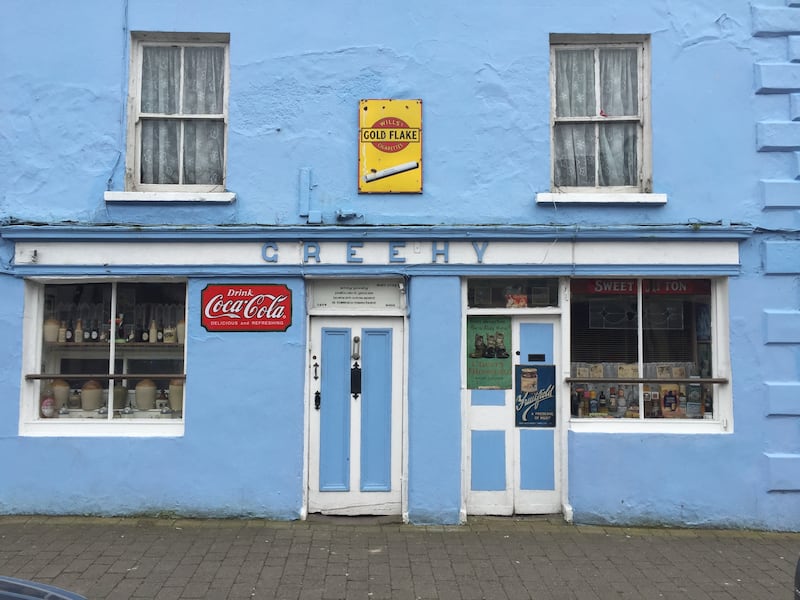
“It is so unique to Ireland. There are not many countries that still have this kind of style,” he says. Paradoxically, many of our more economically challenged towns and villages have the best wealth of historic shopfronts, because they weren’t ripped out for newer, shinier shops. Most are, however, in desperate need of conservation.
Another omnipresent threat is the move to out-of-town retail parks, with the traditional footprint of the local shop being too small for the needs of modern retail. While plenty of arguments can be made for the reduced carbon footprint involved in walking to your local village store, there’s not much you can do if you live in a housing estate miles away from anything useful. One solution is to turn shops into houses, while retaining the finer architectural details of their former use.
You can see this in the ghosts of signs and decorative design on urban and suburban street corners dotted around the country, such as on Cameron Street, off Cork Street in Dublin 8. The medieval town of Romans-sur-Isère in France has gone one better, by converting former shops into accommodation – including a bookshop, chemist, tannery and launderette. Each celebrates its former use, and you can from €70 per night.
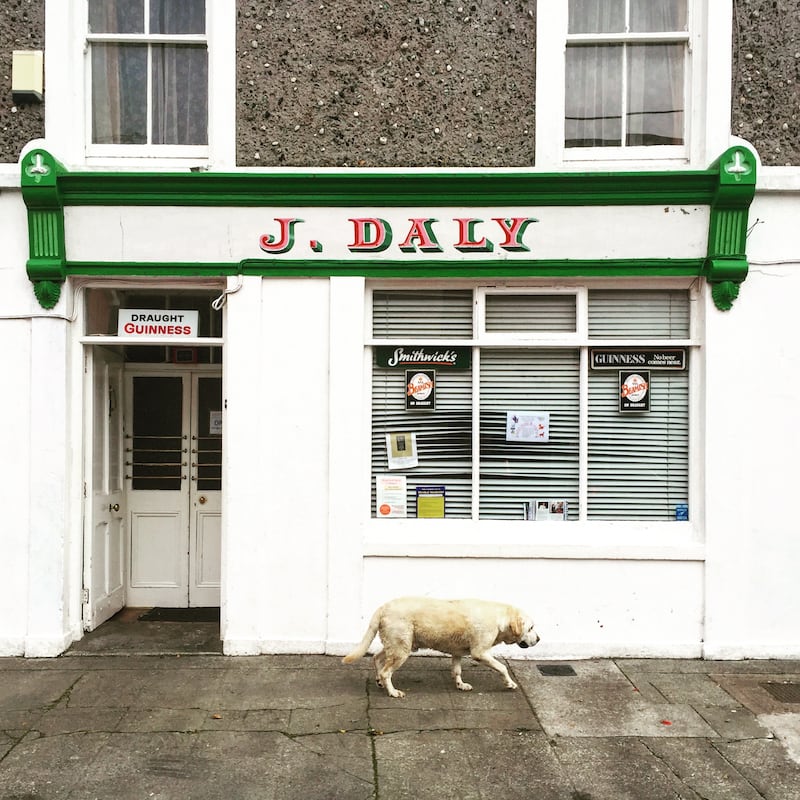
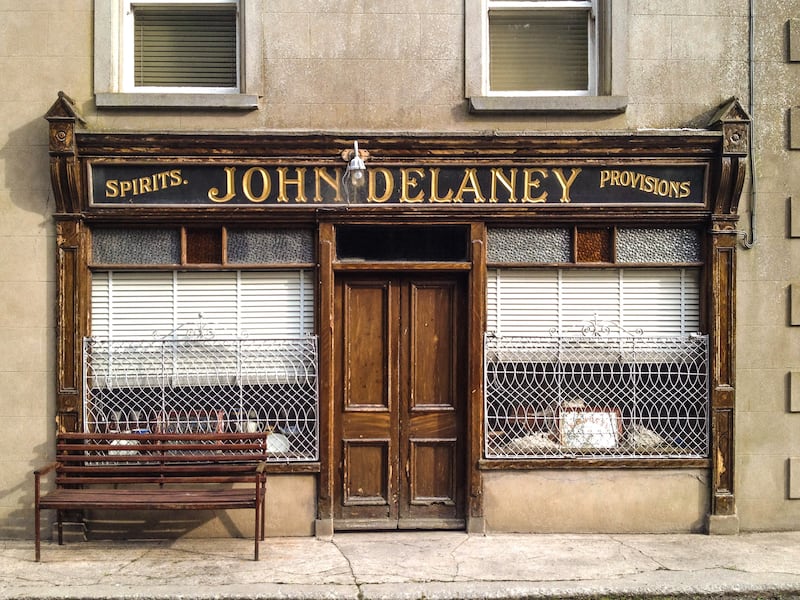
The historic structures fund is administered by Ireland’s local authorities, and many have produced design guides, and inventories of notable examples. Discover more about shopfronts of interest, county by county, with the National Inventory of Architectural Heritage’s excellent Introduction to Architectural Heritage series and search engine, online at buildingsofireland.ie.
As Daniel Sinnott, director of the Built Heritage service, says, “Sometimes architectural heritage is hidden away, whereas shopfronts are expressly designed not to be.” They are such a distinctive element of Ireland’s rural towns that restoration and conservation can only be a positive as we work to revive them as vibrant places to live.
Closing dates for the historic structures fund is set by each local authority, with deadlines throughout January 2024. See buildingsofireland.ie and your local authority for details. Trevor Finnegan’s work is available to purchase from €40. It can be seen at ourtype.ie and via Instagram @our.type
